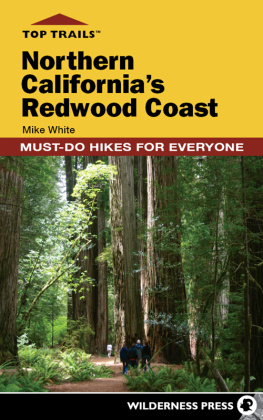Travel Guide for Northern Californias RedwoodForests
By Fhilcar Faunillan
Mendon Cottage Books

JD-Biz Publishing
All Rights Reserved.
No part of this publication may be reproducedin any form or by any means, including scanning, photocopying, orotherwise without prior written permission from JD-Biz CorpCopyright 2015
All Images Licensed by Fotolia and 123RF.
Table of Contents
Chapter1: The Redwoods
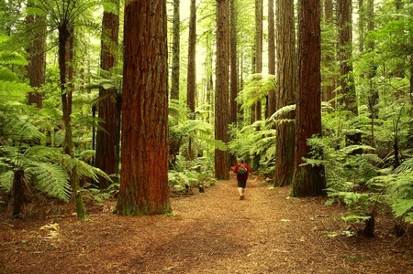
Northern Californias Redwoods is known forits sky-rising forests which are entirely unique to California.These forests draw visitors from all over the world to witness thetowering giants in the vast wilderness. These mesmerizinglandscapes and old forests which display truly exceptionalcharacteristics are composed of both sequoias and redwoods whichfascinatingly soar up to the skies. These trees have been used andreferred to interchangeably by many. However, these two are largelydifferent and make up the notable tree species. Distinct to thenorthern lands in California, these tree types share that uniquebrownish red bark as well as the tendency to grow to greaterheights. More so, these trees vary in climate requirements in orderto thrive.
The giant or coastal redwoods (sequoiasempervirens) are distinct from its relative tree which is thegiant sequoia (sequoiadendron giganteum) basically because of itsenvironmental requirements. As the name suggests, the giant coastalredwoods survive in moist or humid climates because it is where themarine fog delivers the necessary climate to enable its growth. Thefog is the source of moisture to the soil which also helps trap it,thus lowering evaporation rates. The giant or coastal redwoodsusually outgrow their relatives and may stand up to 378 feet inheight.
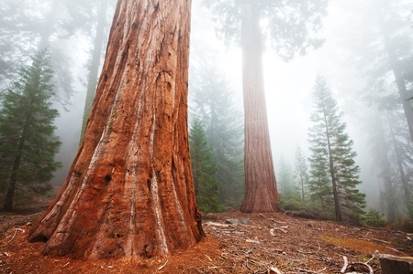
On the other hand, the giant sequoias survivein the higher elevation locations compared to the giant redwoods.They grow naturally along the slopes of the Sierra Nevada's, mostof which stands at 5,000 7,000 feet elevation. The giant sequoiasalso need periodic heat so that their cones open and produce seeds.These trees still grow to imposing heights of 311 feet but arerelatively shorter than their coastal counterparts. But althoughthe giant sequoias lack in height, they still make up for theirwider size which considerably outweighs the giant redwoods. Becauseof its sheer volume, it is the giant sequoias that hold title tobeing the largest tree in the world. The General Sherman, which isknown for being the most gigantic of all sequoias, weighs in at anastounding 2.7 million pounds and stands supreme at around 275 feetfrom the base which was also measured at 100 feet wide. The GeneralSherman is not only known as the largest tree but it has also beennamed as the largest living organism of the earth.
The people know about the Redwoods as thehome to the tallest trees in the world. But apart from housing thegiant trees, Redwood parks, and forests still cover and protectlarge prairies, gushing river ways, oak woodlands and a long40-mile stretch of primeval coastline, making up an abundantly richwildlife environment characterized by great diversity. Thesenatural beauties serve not only as a source of enjoyment, but alsoof inspiration and education to the people.
Chapter2: An Overview
The Redwood Forests
The Redwood forests have an incrediblediversity. The ecosystem is known as the home to the most majesticforests in the world. The plants and animals enjoy the rich habitatand are equally at home in the Redwood forests.
The rich biological diversity of the forestsis maintained by responsible staff that has undergone properresource management and in-depth education about the redwoods.Through the preservation of the natural resources and species,unique to the area, it is possible to allow the followinggenerations to experience the diversity, beauty, and complexity ofthe longstanding redwood forests. These wonders serve as yourclassroom in the wilderness whose lessons have long waited to beexplored.
A Brief History
During the 1800s, the expansion of the westhad peaked and just like any area that has seen the light ofmodernization and industrialization, the trees have not escapetheir fellows fate. They too have become victims of the saw andaxe. Because of the volume and massiveness of the redwoods, it hasattracted illegal loggers who saw these trees as sources of anendless lumber supply. In just a span of a hundred years, the richforests were crippled and reduced to a small fraction. In the early1900s, the deterioration of the forest became more visible and itbecame apparent that there was little to no future for theredwoods.
However, visionaries acted to stop thecontinued decline of the forests, giving hope for the possiblerestoration of the diverse redwoods. The State of Californiarequired the protection of these forests through the creation ofstate parks, such as the Jedediah Smith Redwoods State Park, theDel Norte Coast Redwoods State Park, the Prairie Creek RedwoodsState Park, as well as the Redwood National Park. At present, westill see these fine living examples of the redwoods. TheDepartment of Parks and Recreation in California partnered with theNational Park Service to manage all four state parks and maximizethe protection of these natural resources. With this maximizedprotection, visitors to the redwood forests cannot only expectancient redwoods but also prairies, rivers, and a long stretch ofpristine west coastline. The redwoods forests also serve as testinggrounds for restoration of streams and other impacted lands. Also,the tribes of American Indians, who have built their homes withinthe coast for thousands of years, still continue to exhibit theircultural presence and they are constantly consulting with the parkmanagers to ensure that they are still able to exercise theircultural traditions and practices.
Since the earliest times, the redwood forestshave been home to a diverse and abundant community of life. It hasbeen regarded as a world heritage site and as an internationalbiosphere reserve. This clearly acknowledges that Californiasredwood forests are irreplaceable and need to be safeguarded.
Chapter3: Getting There
The Redwood National and State Parks arelocated in North California, in the upper coastal area. It is justover 300 miles north San Francisco. The forests cover a 50-milestretch almost to the Oregon border and then to Redwood Creek.There are five different information centers which may help you inplanning your visit, located just on the north-south corridor. Themain headquarters for the state parks is stationed in CrescentCity.
By Air
There are nearby airports from the Redwoodswhich have daily scheduled flights.
In Medford, Oregon, visitors arrive at theRogue Valley International Medford Airport (MFR). The closestinformation center is the Hiouchi Information Center, which isapproximately 100 miles from the airport.
In Crescent City, California, visitors arriveeither at the Del Norte County Airport .. Visitors may also go tothe nearest information center, the Crescent City InformationCenter, is found only 4 miles away from the airport.
In McKinleyville, California, visitors arriveat the Arcata Airport (ACV). The closest information center is theKuchel Visitor Center, which is located just 25 miles away.

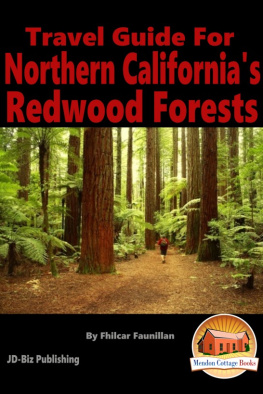







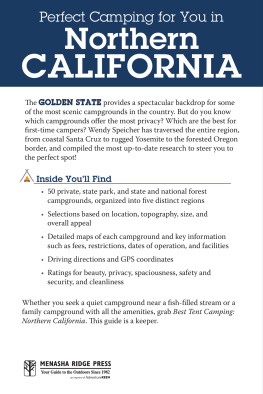
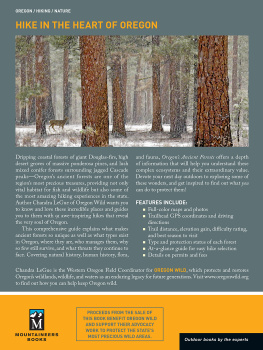
![California Coastal Commission - California Coastal Access Guide [Lingua Inglese]](/uploads/posts/book/157220/thumbs/california-coastal-commission-california-coastal.jpg)
